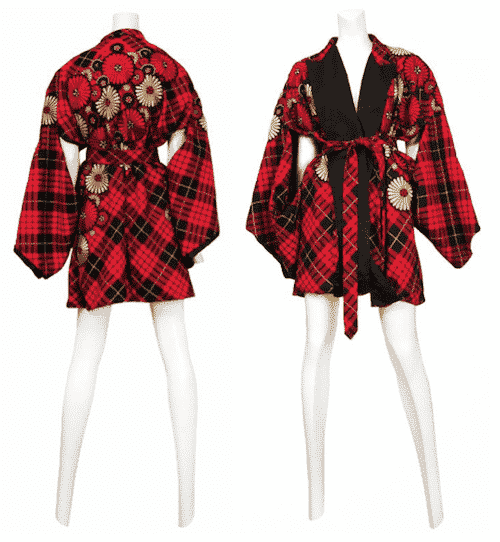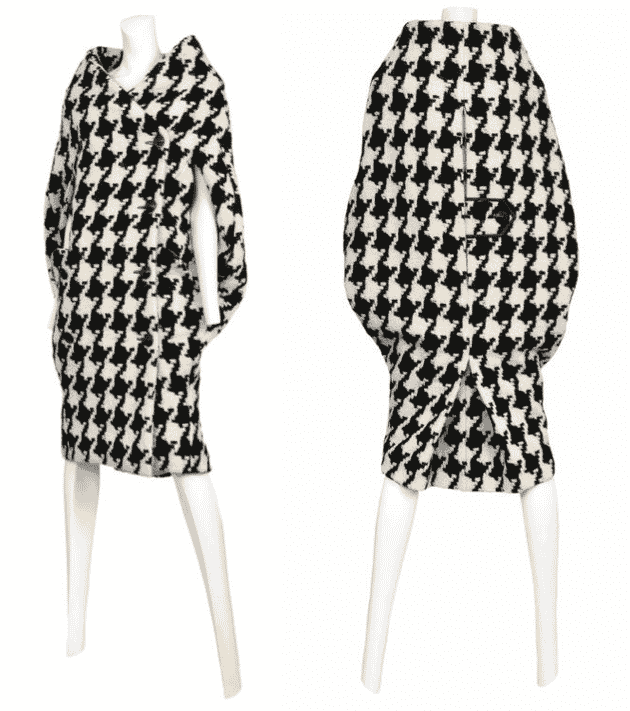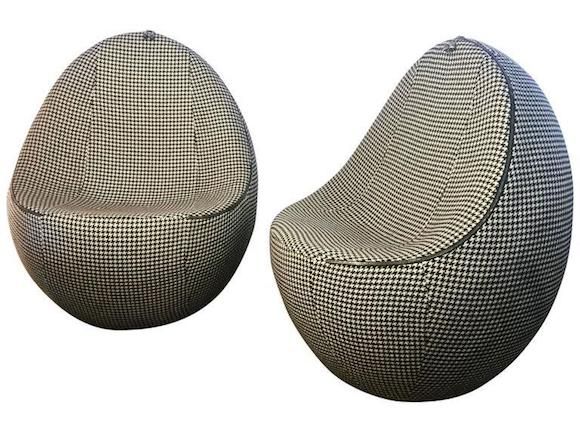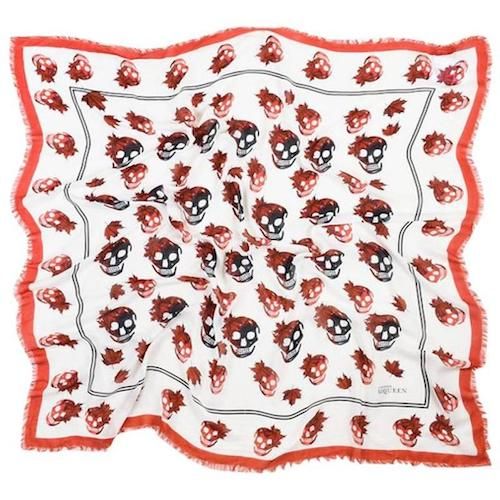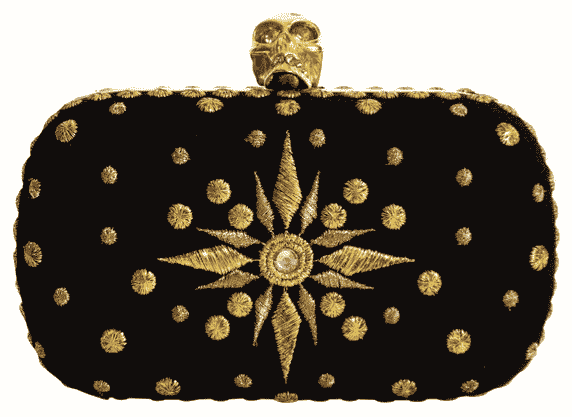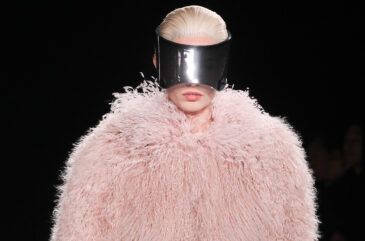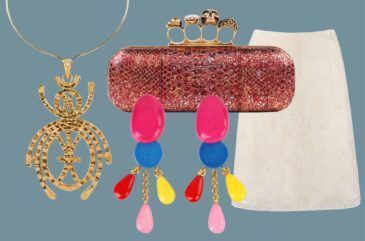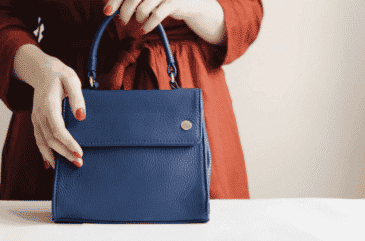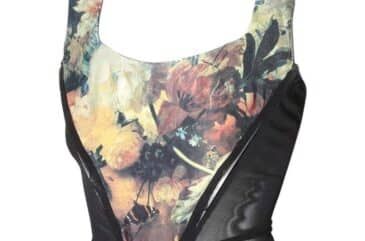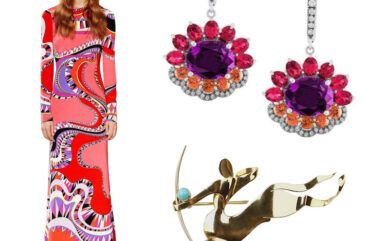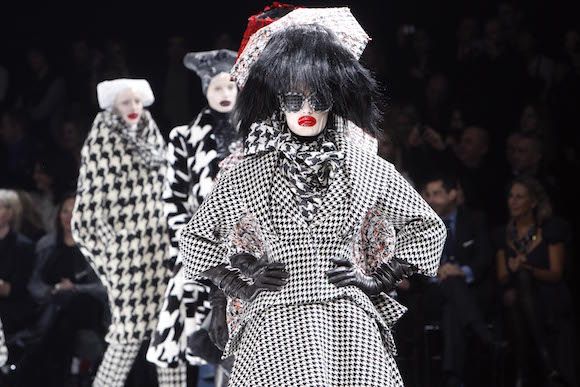
Models walk the runway in herringbone ensembles at Alexander McQueen’s Autumn/Winter 2009 fashion show during Paris Fashion Week. Photo by Michel Dufour/WireImage
British fashion designer Lee Alexander McQueen, the original creative engine behind the Alexander McQueen label, was beloved for his expert tailoring and theatrical runway shows. After his suicide in 2010, fans left tributes to the man and his talents outside Alexander McQueen boutiques worldwide. Record-breaking crowds visited the posthumous retrospective of the designer’s work at the Metropolitan Museum of Art in New York City and the Victoria and Albert in London.
That exhibition, titled “Savage Beauty,” presented McQueen’s fashion creations as art. And curator Andrew Bolton placed McQueen within the Romantic tradition. “Like Byron, Beethoven and Delacroix,” Bolton wrote in the exhibition catalogue, “McQueen is an exemplar of the Romantic individual, the hero-artist who staunchly followed the dictates of his inspiration.”
McQueen’s inspirations came from many quarters — film, music, current events, history, his heritage and fashions of the past. His runway presentations were not just displays of clothing but were personal expressions of the zeitgeist, often touching on our cultural anxieties and concerns. McQueen’s own thoughts and feelings about love, death, gender, genocide, colonialism, global warming and the extinction of species all appear in his pieces.
“What you see in the work is the person himself. And my heart is in my work,” McQueen told Harper’s Bazaar in 2007. It is perhaps this heart, and the heart’s exposure, that drew the crowds and made McQueen creations both popular and emotionally resonant. Because the work was personal and thus layered with feeling, the motifs — decorative embellishments and fabric choices — have meaning. In other words, in McQueen’s oeuvre, plaid is more than simply a pattern.
Tartan
The use of tartan references the fraught history of Scotland and the designer’s Scottish heritage. The provocative Autumn/Winter 1995–96 collection, called “Highland Rape,” saw McQueen’s first employment of this plaid. The presentation of the collection elicited high emotions. Was McQueen expressing misogyny? Or was he commenting on Scotland’s history? “Widows of Culloden,” the Autumn/Winter 2006–7 collection, which cites the last battle of the 1745 Jacobite Rising, featured this tartan to great effect. McQueen created a range of ensembles, from outfits resembling traditional highland dress to Victorian-style ball gowns.
Houndstooth
Although houndstooth plaid probably originated in Scotland in the 19th century, the pattern is strongly identified with designer Christian Dior and his New Look, which debuted in 1947. Dior even used the jagged checks on the packaging of his perfume Miss Dior. For a 2009 runway presentation with a recycling theme, McQueen created exaggerated versions of iconic 20th-century fashions, including Dior’s New Look outfits. Note that McQueen has enlarged the typical size of the pattern, creating a bold, graphic statement.
That same year, McQueen produced a limited-edition houndstooth version of the egg chair that he’d originally created for his New York and London boutiques. The checkered chairs bear another McQueen signature: skull-shaped zipper pulls.
Skulls
McQueen used skulls (and bones) throughout his work, starting with his 1992 graduate collection, which focused on Jack the Ripper and his victims. The skull, of course, is a memento mori, a reminder of death. McQueen frequently juxtaposed the glamour of the catwalk with intimations of our coming doom. McQueen’s skull scarf appeared in his Spring 2003 collection. Inspired by the 1986 Roland Joffé film The Mission, the collection featured pirate looks and a shipwreck theme. The scarf soon became a must-have for celebrities and tastemakers, and it was reproduced by counterfeiters worldwide. The skull-clasp evening bag has also become an iconic McQueen accessory.
Browse More Alexander McQueen
Katherine Gleason is the author of Alexander McQueen: Evolution (Race Point Publishing).
